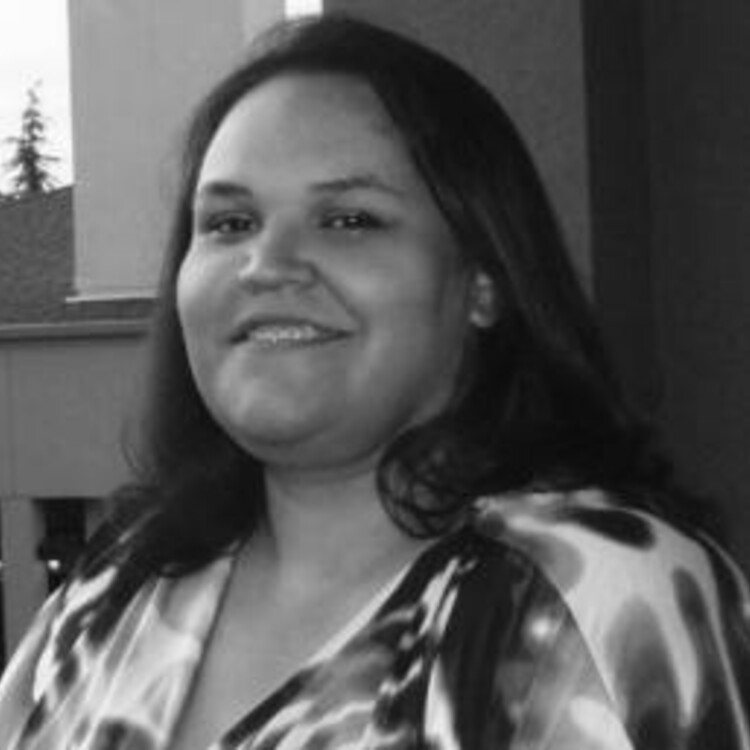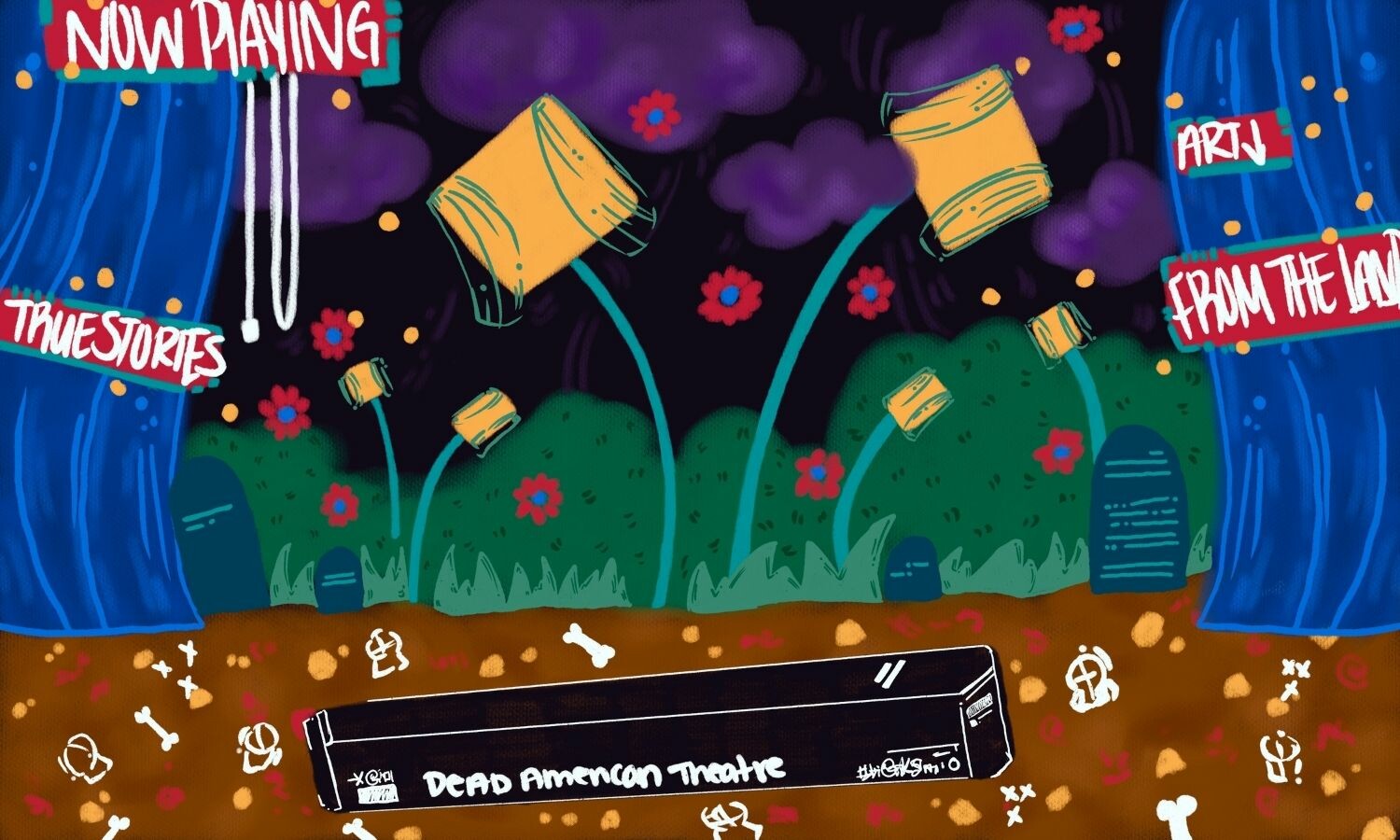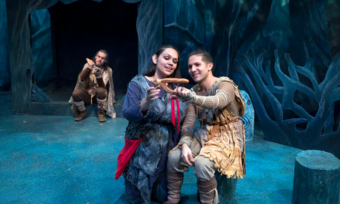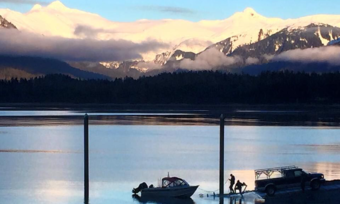In the Tlingit culture, there is a philosophy that everything has its time. When a totem pole decays you do not expend a lot of effort restoring and putting it back up; you let it fall, and it goes back to the earth it came from. A person’s legacy is only as old as the memory their grandchildren have of them; if a person has done good work, the grandchildren will take what the person gave them and grow it, but the elder’s responsibility to this earth is done.
I might also mention we have a strong value of not being afraid of death.
And so I must ask about American theatre: Is its time done? Are we expending effort to keep something simply because we believe it must continue to exist? Is it time for its death?
The most difficult part of writing about the “future of theatre” is that I’m not terribly invested in the American theatre surviving. That’s not an opinion I share much in theatre circles, but I suppose the secret is out now, and of my own hand. Yet I barely have to speak that idea out loud in many Native communities to be understood and agreed with. To most Native communities—or at least the Alaska Native communities I was born to—“American theatre” has (ironically) had very little to do with them. What reason could we have to put our energy into something that has not just historically wanted nothing to do with real Native people, but actively brought harm to our communities?
The imagining a future of performing arts part is actually quite easy for me.
It looks like the past. It looks like Tlingit people speaking and singing in bold and experienced tones the language of the land in amphitheaters that gathered our people for millennia.
It looks like the stories we stewarded for generations joining with the stories of our artists of today.
It looks like the profession of the artist being valued as it has always been in our Tlingit culture, both in societal position and with a thriving wage, and the most disciplined and imaginative and generous artists operating from positions of honor and respect.
Maybe the hardest vision to wish on the American theatre field is a way of existing as artists in our Tlingit culture. The arts are not looked at as separate from the rest of Tlingit society. That “theatre piece” is part of the economy of the community, the education of the children, the history of the clan to be memorized, the skills of crafters being passed forward, the spirituality and communal values being practiced. It is not a place only for people with money or a certain degree of education, but a requirement for everyone at every stage of life. I was raised to own a very heavy responsibility to make sure I am experiencing the stories of the community.
The theatre I dream of is not so hard to dream up because it is simply the values our people have always given the performing arts, taking their place in a modern world that has tried so hard to make them disappear.
Maybe the time between yesterday and our artistic future was total destruction. Maybe it was a purposeful killing. Maybe it was a baptism of renewal. Maybe it was inevitable. But before the rebirth comes the death of what was.
What reason could we have to put our energy into something that has not just historically wanted nothing to do with real Native people, but actively brought harm to our communities?
American theatre as it stands did not passively replace an absence of performing arts on these continents. We had hundreds, if not thousands, of distinct performing arts traditions, and those traditions were actively silenced, stolen, punished—made illegal. Some of the performing arts traditions included in my most recent stage production were literally against the law in my father’s lifetime; a marriage ceremony performed in the play could land a Tlingit couple, and all who witnessed it, two years in jail. Moving forward, the American theatre cannot impose an alien standard on Native cultures’ performing arts pieces, an attempt to add “Native flair” to pieces that come from a non-Native perspective. American theatre must be a celebration of the arts the land has known since the ice age. The arts that are still there, still being practiced by people whose ancestors have lived on this land for that long.
After the American theatre has put the work into learning, after it has connected back to the land itself, after appreciating that we must maintain a connection and responsibility toward the area we wake in each day, we can rebuild the physical spaces we perform on. The performing arts facades do not pretend to be from a culture far away, but sprawl out to incorporate themselves into the land itself.









Comments
The article is just the start of the conversation—we want to know what you think about this subject, too! HowlRound is a space for knowledge-sharing, and we welcome spirited, thoughtful, and on-topic dialogue. Find our full comments policy here